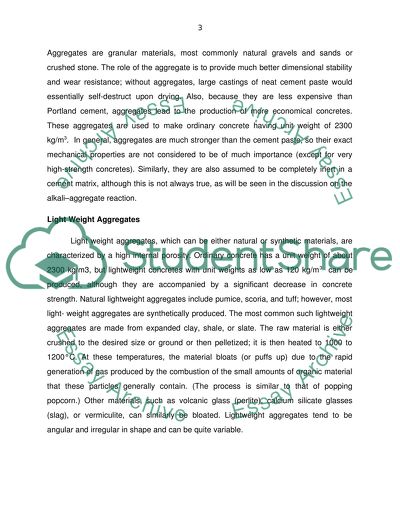Concrete Constituent and Mix Design Essay Example | Topics and Well Written Essays - 1500 words. Retrieved from https://studentshare.org/engineering-and-construction/1434117-concrete-constituent-and-mix-design
Concrete Constituent and Mix Design Essay Example | Topics and Well Written Essays - 1500 Words. https://studentshare.org/engineering-and-construction/1434117-concrete-constituent-and-mix-design.


